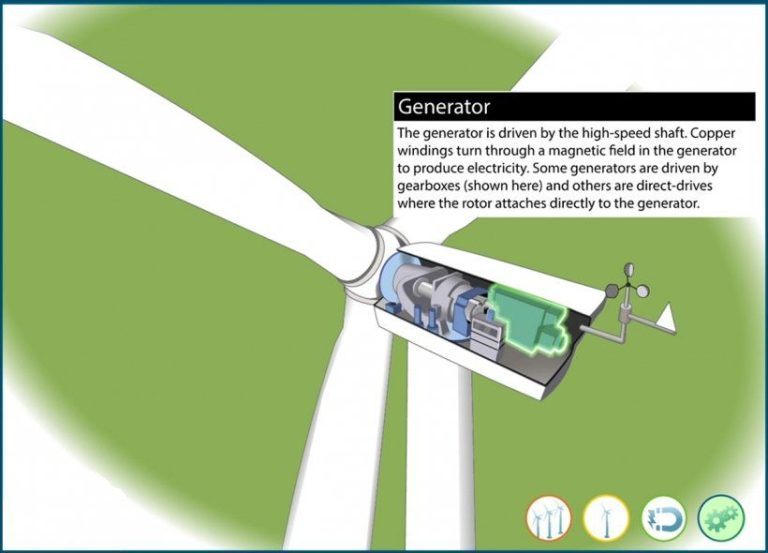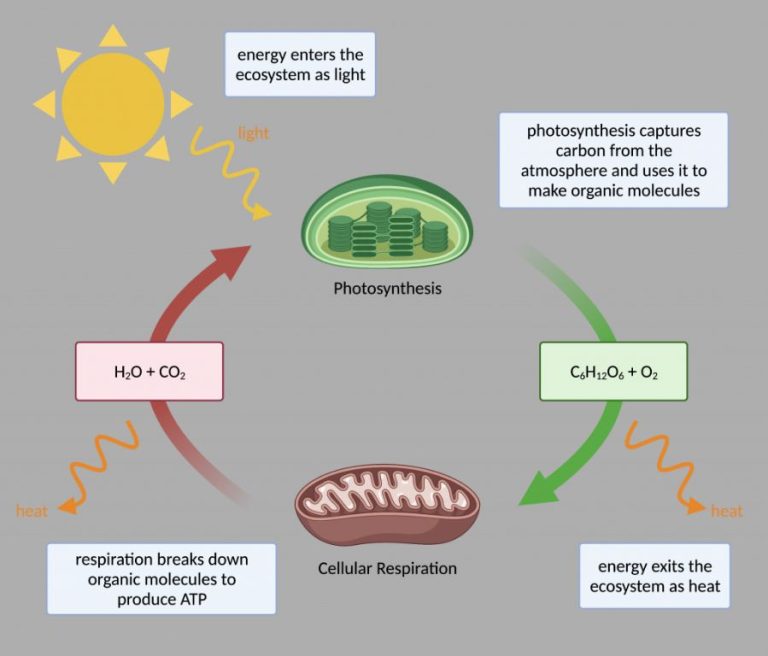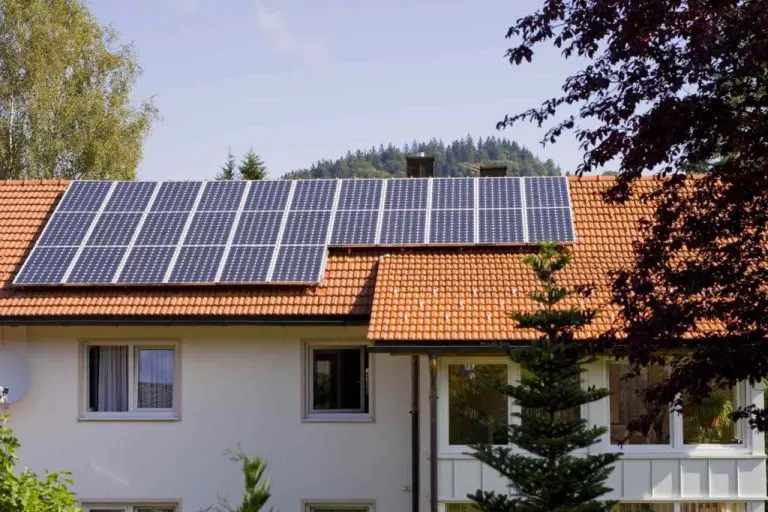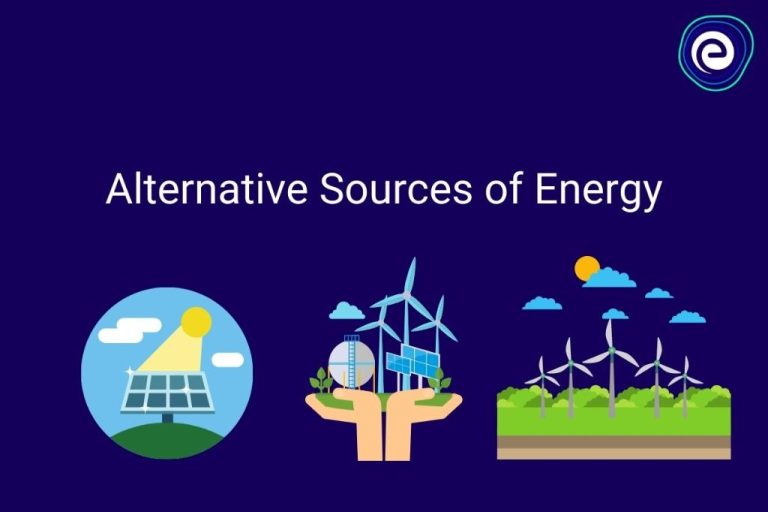What Is The System Distribution Of Electricity?
The electricity distribution system is responsible for delivering electricity from power plants and other sources of generation to end users like homes, businesses, and industries. It is a key component of the power system and serves the vital purpose of providing access to electricity across wide geographies.
The distribution system transforms voltage levels and distributes power received from the transmission system to individual customers. Without the distribution network, electricity would not be able to reach our homes and workplaces. The distribution system plays a crucial role in providing reliable, efficient, and safe electricity supply which supports economic activity and improves quality of life.
History
Electricity distribution systems began in the late 1800s with small direct current (DC) networks in cities and towns. These systems were only capable of transmitting electricity over short distances due to inefficiencies. In the 1880s, AC power distribution was developed, which allowed electricity to be transmitted longer distances. Thomas Edison championed DC networks, while George Westinghouse and Nikola Tesla promoted AC. The “War of Currents” ended when AC prevailed due to its superior long distance transmission capabilities. The first AC power system in the United States was installed in 1886 in Great Barrington, Massachusetts.
In the early 1900s, utilities began interconnecting their networks, forming power grids that could channel electricity over hundreds of miles. This allowed efficient transmission from large power plants to cities and towns across regions. Over decades, grid infrastructure expanded and advanced through rural electrification efforts. Today’s interconnected transmission systems now distribute power across states, countries and even between continents.
Components
The electric power system has many components that work together to generate, transmit, and distribute electricity. Some of the key components include:
Substations
Substations contain equipment that transforms voltage from high to low or vice versa using transformers. They also contain switchgear that protects and controls the flow of electricity.
Transformers
Transformers are used to increase (step up) or decrease (step down) voltage to allow efficient transmission and distribution. Large transformers are used at generation plants and substations.
Poles and Towers
Poles and towers support overhead power lines that transmit and distribute electricity. Transmission towers are typically steel lattice structures while distribution poles are often wood or concrete.
Conductors
Conductors like copper and aluminum cables transmit electricity along transmission and distribution lines. Bundled conductors are often used to increase capacity.
Insulators
Insulators like ceramic and glass separate conductors from poles and towers to prevent electricity flow to the ground. Insulators resist corrosion and ensure safety.
Switches
Switches and switchgear like circuit breakers allow operators to de-energize lines for maintenance or protect the system from overload conditions.
Voltage Levels
The electricity generated at power stations is stepped up to high voltages for transmission over long distances. The voltage levels used for transmission and distribution can be categorized as low, medium and high voltage:
Low Voltage
Low voltage (LV) refers to voltages up to 1,000V alternating current (AC). Low voltage is used for distribution to domestic, commercial and industrial consumers.
Medium Voltage
Medium voltage (MV) ranges from 1,000V to 35,000V AC. Electricity is distributed at medium voltage from local substations to industrial customers.
High Voltage
High voltage (HV) ranges from 35,000V to 230,000V AC and is used for transmission over long distances to reduce transmission losses. Extra high voltages (EHV) over 230,000V AC are also sometimes used between very distant points.
Network Configurations
Electricity distribution networks come in three main configurations: radial networks, loop networks, and mesh networks. Each configuration has its own advantages and disadvantages.
Radial Networks
Radial networks are the most common and simple type of distribution network. Electrical power flows in one direction, starting from the distribution substation out to customers along multiple feeders. Radial networks take on a tree-like structure, with no interconnections between the individual distribution feeders.
Advantages of radial networks include simplicity of design, protection, and operation. They are also generally the most economical network configuration. However, reliability can suffer since customers on a feeder experience an outage if there is a fault along that feeder.
Loop Networks
Loop networks provide an interconnected system by tying the ends of distribution feeders together to form loops. This allows multiple paths for power to flow, providing redundancy. If there is a fault along one segment of a loop, power can be rerouted from the other direction to restore service.
The main advantage of loop networks is improved reliability. However, protection systems are more complex and loop networks are generally more expensive to build. Operation is also more complicated since switching procedures must consider multidirectional power flows.
Mesh Networks
Mesh networks take the interconnections even further, with multiple tie points between feeders creating a meshed network. This provides the highest level of reliability through redundancy, as power can flow in many different pathways. Mesh networks are often found in urban areas or critical infrastructure where reliability is paramount.
However, protection systems are very complex and operation requires sophisticated coordination. Mesh networks also come at a very high cost. Generally, only parts of the distribution system with the highest reliability needs utilize mesh architectures.
Monitoring
Electricity systems rely on extensive monitoring and control networks to operate efficiently and safely. The backbone of these networks are SCADA (Supervisory Control and Data Acquisition) systems. SCADA systems consist of remote terminal units that relay data back to central control centers. Operators can monitor system conditions in real-time and send control commands as needed. The ability to respond instantly to disturbances and fluctuations is critical for maintaining power quality and reliability.
Smart meters represent another important monitoring technology. Unlike traditional meters that only measure total consumption, smart meters record granular, time-based usage data. This provides utilities with far greater visibility into their networks. The influx of rich, real-time data enables advanced analytics around load profiling, outage management, theft detection, and more. Smart meter data also allows utilities to implement time-based pricing models that incentivize off-peak usage. Overall, improved monitoring via SCADA and smart meters helps optimize electricity systems.
Reliability
The reliability of the electrical system distribution is crucial for providing consistent power supply to customers. There are a few key metrics used to measure reliability:
-
SAIDI – System Average Interruption Duration Index. This measures the total duration of interruptions that a customer experiences on average in a given year.
-
SAIFI – System Average Interruption Frequency Index. This measures how often interruptions occur on average per customer in a year.
-
CAIDI – Customer Average Interruption Duration Index. This measures the average duration of each interruption.
Utility companies aim to minimize these metrics as much as possible to provide highly reliable power to customers. Various strategies are employed such as improved maintenance, adding redundancy to the system, and utilizing smart grid technology.
Efficiency
Increasing efficiency in electricity distribution networks is crucial for reducing energy losses and improving sustainability. One of the main ways efficiency is improved is through loss reduction. Significant amounts of energy are lost in distribution, primarily due to resistance in power lines. Using conductors with larger cross-sectional area can help reduce resistive losses. High-voltage distribution brings down current and therefore lowers resistive losses. Optimizing network design and topology also helps cut losses. Local generation close to loads is encouraged to avoid losses over long distances.
Power factor correction also plays a major role in improving efficiency. Inductive loads like transformers and motors cause lagging power factor. Capacitors are connected to correct the power factor closer to unity, which reduces losses. Utilities carefully monitor power factor at substations and large consumer connection points. Power factor correction equipment like capacitors and synchronous condensers help supply reactive power and maintain higher power factors across the grid.
Safety
Safety is a critical concern in the distribution of electricity. Precautions must be taken to protect utility workers as well as the general public from electrical hazards.
Equipment Insulation
Equipment involved in electricity distribution such as transformers, switches, fuses, and power lines must be properly insulated. Insulation prevents current from flowing to ground or from one energized part to another. Regular inspection and maintenance of insulation is essential.
Grounding
Grounding provides a safe path for electricity to flow to the earth in the event of a fault, overvoltage, or other issue. This prevents current from finding alternate paths like those that could harm people. Proper grounding systems and grounding practices are vital for safety.
Signage
Warning signs and labels are placed on electrical equipment and in hazardous areas to alert personnel to potential dangers. Signs indicate high voltage, energized equipment, access restrictions, and other hazards. Following posted warnings is critical for safety.
Future Trends
The electricity distribution system is undergoing major changes and innovations to improve reliability, efficiency, and integration of renewable energy. Some key trends include:
Increasing Automation
Utilities are deploying more sensors, smart meters, and automated control systems. This allows real-time monitoring of the distribution grid and faster response to issues. Advanced automation also enables self-healing grids that can detect and isolate faults while rerouting power to avoid outages.
Renewable Integration
As more solar, wind, and distributed renewable generation is added to the grid, utilities must update distribution infrastructure to handle two-way power flows. This includes smart inverters, energy storage, and communication networks to balance load and generation in real-time.
Microgrids
Microgrids are self-contained energy systems that can disconnect from the main grid and operate autonomously. They provide backup power for critical facilities and can integrate on-site renewables. Microgrids are increasingly being deployed at military bases, hospitals, corporate campuses and remote communities.
These innovations are transforming the traditional centralized grid into a more flexible and resilient network. Utilities and regulators continue working to upgrade regulations and policies to enable further modernization of distribution systems.





